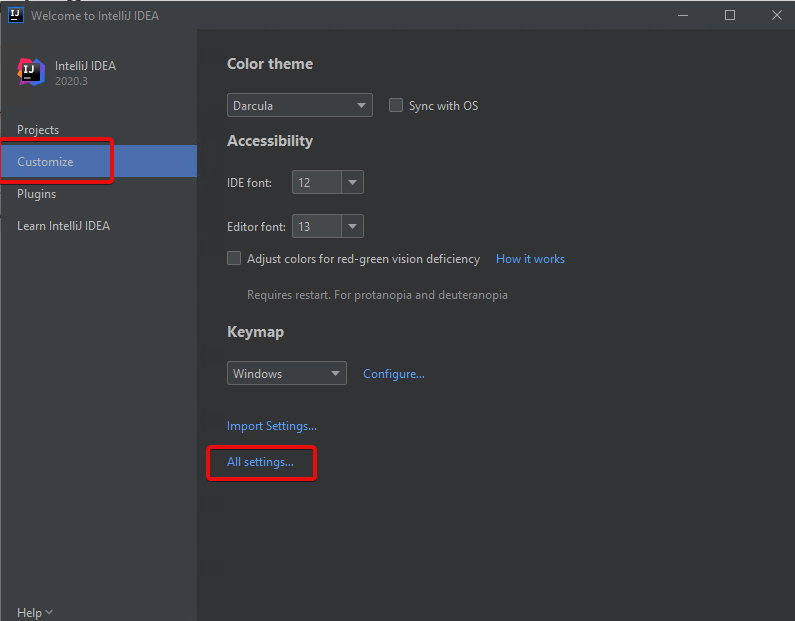
Lastly, NetBeans includes the Visual Web Pack, which supports rapid development with drag-and-drop binding to data sources, and is well-regarded. NetBeans also supports C/C++ and PHP development. Notably, it works for Java but is not as Java-focused as IntelliJ IDEA. It also boasts code complete options with in-built defactoring and debugging that work. Finally, its code completion feature, IntelliSense, helps developers code better, and is reliable for generating basic code.Ĭompared to IntelliJ IDEA, NetBeans is similarly praised for its ease of use and strong integration with version control options (e.g. It is generally strong in every other area important to choosing an IDE as well: its plugin library is extensive, it integrates capably with any tool that a developer is likely to use in tandem with it, and offers direct database connectivity. IntelliJ IDEA is praised for its themes, particularly its dark theme it is described by users as being pleasant on the eyes, and thus far easier to work with and ergonomic relative to other options. Featuresīoth IntelliJ IDEA and NetBeans are well regarded and actively used IDEs, however each option presents some distinct advantages.

The IntelliJ ID paid edition is far more popular across larger enterprises willing to bear the cost to enjoy official support, along with its advanced features. Both IDEs are used across companies of all sizes, with IntelliJ IDEA being more widely adopted overall.

IntelliJ IDEA is also available for free via the Community Edition, but the paid Ultimate edition provides advanced features, and users are supported directly by the developer. NetBeans is an open source option supported by its community, with a large number of community-built plugins available to support specific use cases. IntellliJ IDEA, from JetBrains and Apache NetBeans are IDEs, both of which primarily support Java development. Integration Platform as a Service (iPaaS).


 0 kommentar(er)
0 kommentar(er)
